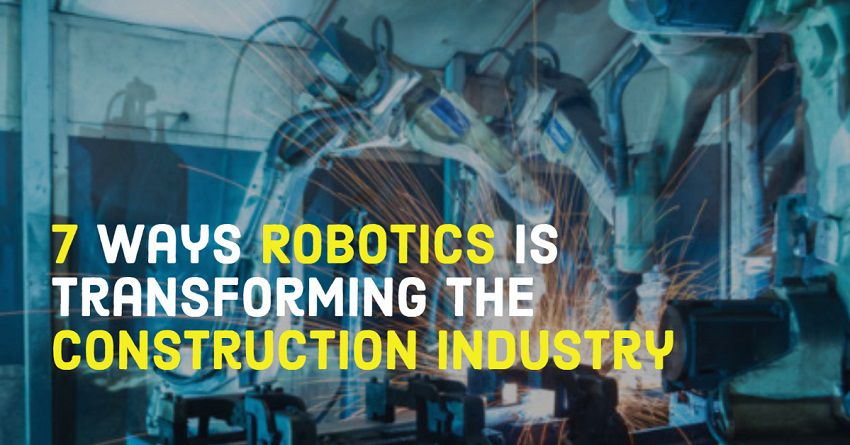Robotic technology provides the construction industry with numerous advantages. With the goal of automating processes and increasing productivity, robotics are being used to get work done quicker, cheaper and with more precise detail. This article outlines certain areas of construction that are being impacted by robotic technology, discussing its current impact on the industry, as well as what you can expect to see in the future.
Automated Technology
One of the uses of robotics is to allow for greater automation in various processes. In many aspects of construction, specifically manufacturing, packing and building, automating these processes is becoming the goal. With greater development in robotics and machinery, construction companies are becoming more open to utilizing technology. With robotic technology, you can expect traditional construction activities like welding, material handling, packing, dispensing, cutting and packing to be fully automated. This will not only allow for precision and accuracy throughout all construction processes, it represents a significant time and financial savings as well.
Altered Workforce
According to a report from the World Economic Forum, roughly 5 million jobs are expected to be lost by 2020. They attribute much of this job loss to artificial intelligence, machine-learning, 3D Printing and robotics, all of which will significantly impact the construction industry, accounting for an anticipated 10% of total job losses. The WEF predicts that these technologies will be slowly integrated, replacing specific tasks, not jobs entirely. However, with machines taking over certain aspects of a job, this allows companies to employ fewer staff who become responsible for a variety of activities. In a few years, with automated processes increasing, the core skill set of construction workers will look drastically different than it does today. Although it looks as though the construction industry will be hit hard by this robotic revolution, the WEF predicts that over 400,000 jobs in architecture and engineering will be needed.
Lean Construction Practices
One of the biggest and most important movements in construction is lean construction. This contemporary ideology aims to increase efficiency and productivity, often centered on the elimination of waste. Traditional construction practices produce an inordinate amount of waste, which is not only bad for the environment, but significantly affects profitability. Robotic technology however can help reduce the amount of waste created because of its ability to ensure accuracy and precision. An investment in this technology, like 3D printers for example, may be a daunting task for many businesses. In the long run however, reduced waste and standardized materials will positively impact profitability.
Higher Quality
With most robotic systems completely automated, manufacturing parts and materials will be much more consistent, with a higher quality. By removing human error and inconsistency, these machines can take advantage of speed, efficiency and repeatability to ensure better overall quality.
3D Printing
The introduction of 3D printing is continuing to grow in the construction industry. Now it is possible to print complex, layered, parts and objects that can be used in the construction of homes, buildings, bridges and roads. In Addition, robotic machines can standardize the production of pieces that can be used throughout various projects, saving both time and money.
Demolition
One of the earliest uses of robotics in construction has been demolition. Considering the number of construction projects currently in place, speeding up the demolition process can provide a large saving of time and money. Breaking down walls, crushing concrete, and gathering all debris is the first step in many construction processes, and robotics is making these processes much more efficient.
Brick Laying
Although there is a belief that robotics is used for modern processes only, this is not the case. Machines have been developed to increase efficiency in tasks like brick laying. Although residential construction has been slow to adopt technology and change, robotics in brick laying should be a serious consideration. It is a rather simple process whereby construction workers simply feed bricks into a machine, and using CAD software, it is laid out accurately and precisely. Some of the most advanced brick laying machines can complete an entire house within a few days.



Comments are closed